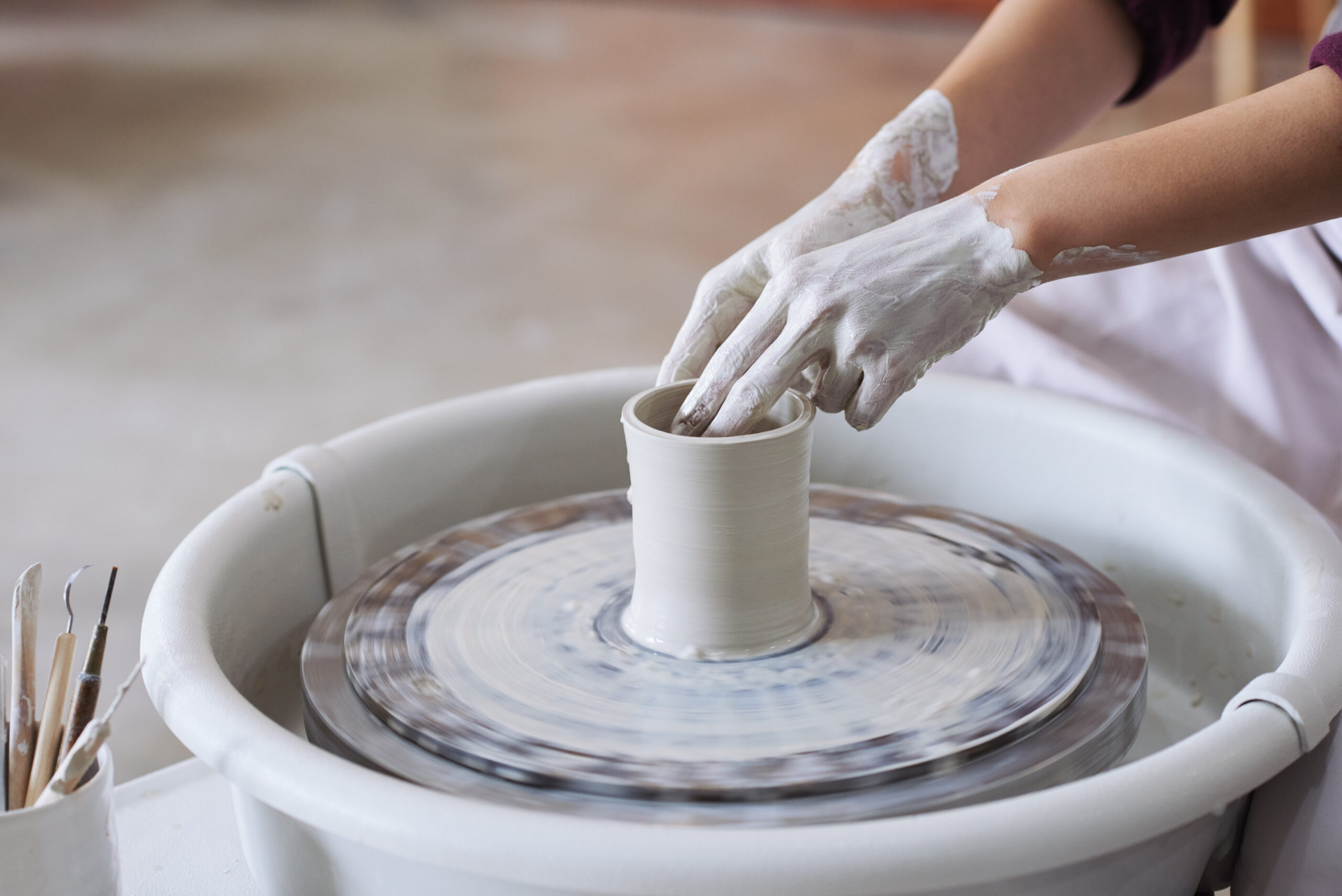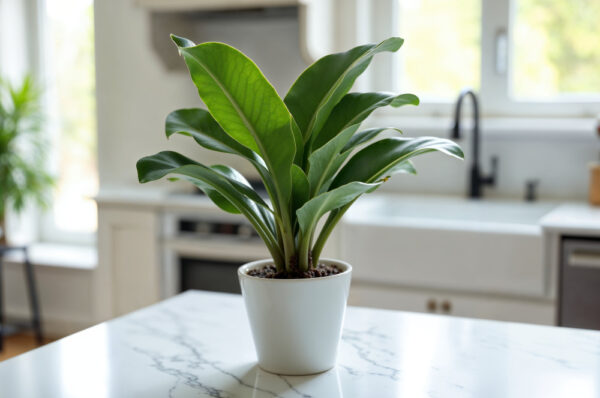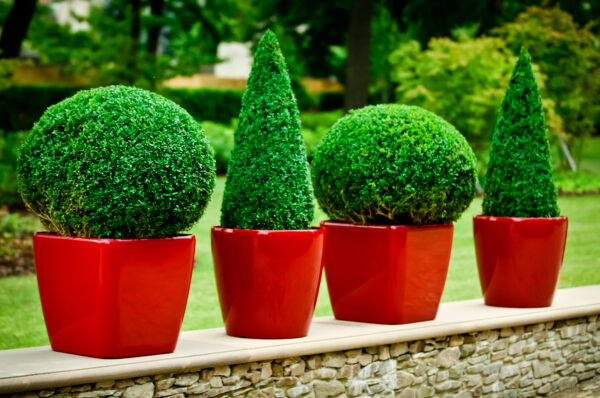Ceramics have been a part of human culture for thousands of years, evolving from ancient pottery to the stylish home decor and functional ware we know today. But have you ever wondered how that elegant ceramic planter or tea cup on your shelf was made? The ceramic process is a fascinating blend of art, science, and precision.
At hocc.in, we take pride in bringing you handcrafted ceramic pieces that reflect timeless beauty and lasting quality. Let’s take a deep dive into the 10 essential steps of the ceramic manufacturing process and discover what goes into creating each ceramic masterpiece.
1. Raw Material Preparation
The ceramic process begins with the preparation of raw materials. Natural clay is the primary ingredient, often combined with other materials like feldspar, silica, and kaolin. These materials are finely ground and blended to achieve the desired consistency and composition. The purity and quality of these inputs directly impact the strength and appearance of the final product.
2. Forming the Clay Body
Once the raw materials are mixed, the next step is forming the clay body. The mixture is moistened with water and kneaded into a workable form. This step ensures that the clay is smooth, homogeneous, and free from air bubbles, making it easier to shape during the next phase of the ceramic process.
3. Shaping the Product
Shaping is where creativity meets technique. There are several methods used in this stage:
- Hand building for artisanal designs
- Slip casting for intricate shapes
- Wheel throwing for symmetrical pieces
- Pressing or molding for mass production
At hocc.in, many of our ceramic items are crafted by skilled artisans using traditional hand-building techniques, adding uniqueness to each product.
4. Drying the Clay
After shaping, the pieces must be dried thoroughly to remove excess moisture. This is a crucial step in the ceramic process, as uneven or rushed drying can lead to cracks and deformities. Typically, pieces are air-dried in a controlled environment to ensure they retain their shape and structure.
5. Bisque Firing
Once completely dry, the ceramic ware undergoes its first firing in a kiln. This is called bisque firing, and it transforms the clay into a semi-vitrified, porous material. The firing temperature usually ranges from 800°C to 1000°C, and this process strengthens the piece, making it ready for glazing.
6. Glazing
Glazing adds not just beauty, but also functionality. A liquid glaze is applied to the bisque-fired piece, which can provide a glossy, matte, or textured finish. Glazes are made from silica, alumina, and fluxes and may include various metal oxides for color. In the ceramic process, glazing also makes the product waterproof and food-safe.
7. Glaze Firing
After the glaze is applied, the ceramic item goes back into the kiln for glaze firing. This second round of firing, typically done at higher temperatures (around 1200°C), causes the glaze to melt and fuse with the ceramic surface. This step is critical in achieving the final look and feel of the product.
8. Cooling
Controlled cooling is an essential part of the ceramic process. Sudden temperature changes can cause the ceramic to crack or warp. Therefore, kilns are cooled gradually, ensuring the structural integrity and aesthetic quality of each item.
9. Quality Inspection
Before reaching customers, each piece undergoes a thorough inspection. This includes checking for:
- Surface defects
- Uniformity in glaze
- Shape and dimension accuracy
- Structural soundness
At hocc.in, we prioritize quality and craftsmanship, ensuring every piece meets our high standards before it’s added to our collection.
10. Finishing and Packaging
The final step in the ceramic process is finishing and packaging. Any rough edges are smoothed, and additional decorative elements (like decals or hand-painted details) are applied. The product is then carefully packaged to prevent damage during transit.
Why Understanding the Ceramic Process Matters
Knowing how your ceramic items are made helps you appreciate the care and skill behind each piece. Whether it’s a coffee mug or a planter, the ceramic process involves several meticulous steps that turn simple clay into functional works of art.At hocc.in, our mission is to celebrate craftsmanship and bring you ceramics that are as beautiful as they are useful. From the raw materials to the final polish, every piece tells a story of heritage, creativity, and quality.





